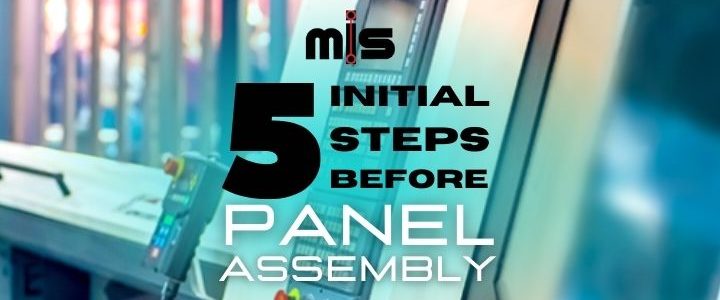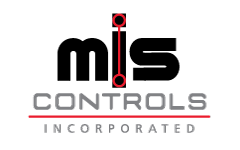
Five Initial Steps Before Panel Assembly
Above all, with every assembly comes the steps before wiring electrical connections. Each step is vital in not only assembling a reliable finished build but also one that meets all customer specifications. Whether assembling a simple panel or a complex electrical system, every customer needs to know the process, and every manufacturer needs to be transparent about their operations. This post refers to the steps before assembly; for a look at the steps during assembly, check out the MIS 5-Step Manufacturing Plan, click here.
 Discussion
Discussion
Before diving straight into a new project, thorough discussions with the manufacturer determine the scope, functionality, and longevity of the build at hand. Additionally, these conversations decide if that particular provider is the right company for the job, making this the most important out of the steps. In that case, you should ask as many questions as you need to analyze the potential relationship; these questions should include:
-
-
-
-
-
- How transparent is communication throughout the project?
- What kind of certifications are in place / how do they benefit me?
- Is the equipment up-to-date?
- What other customers and industries do you service?
-
-
-
-
Quote
Given that you have chosen the perfect provider, they take over the project, starting with the initial quote. At this point, the quoting process involves a collaboration between the sales team, quoting department, manufacturing floor, and company leaders, so depending on the scope of the work, the timing of this step varies. Due to detailed discussions about the assembly needs, along with assessing their own capabilities, the manufacturer will add significant points to the document, including:
- The provider’s business details
- Breakdown of costs with total
- Space for variations and revisions
- Payment terms and conditions
- Preferred payment method
- Schedule of work with the document expiration date
- Customer signature area
 Review Bid Prints
Review Bid Prints
During the above step, providers necessitate further cost and power breakdowns in the form of bid prints for high-level projects. Compared to the quote, a bid print would include deeper details for all aspects of the build, with the agreed-upon work process becoming non-negotiable. For this amplified description of services, the provider must take specific actions to assess themselves before taking on the job, such as:
-
-
-
-
-
-
-
-
- Assess profitability
- Determine definite capability
- Review past bids/success
- Consider long-term strategy
- Prioritize a breakdown of risks
-
-
-
-
-
-
-
Review Build Prints
Finally, when the customer approves the quote or bid, analysis of the building process begins. This internal evaluation of both equipment and personnel guarantees the proper steps are completed by the best method possible. Comparing automatic to manual assembly while judging workers’ skills only benefits the time frame and accuracy of the final product. Specifically, building to client work instructions, or build-to-print materials, gives power to the client’s vision; these prints may contain:
- Assembly drawings
- Bill of Materials
- Controls programming
- Lists of components
- Descriptions of final use
 Wiring Methods
Wiring Methods
At this time, electrical machine tool equipment may vary from simple, single-motor machines with repetitive operations to huge, complicated automatic machines, which contain highly complex electrical control systems. Typically, these machines are specially designed, wired with specific intentions, tested by the builder, and then erected in the plant. For this purpose, based on the required certifications and intended use of the panel, manufacturers must install wiring based on these elements:
-
-
-
-
-
-
- NEC vs. NFPA 79 requirements
- Wire color and specific use
- Exceptions to allowances
- Panel vs. Machine wiring
- Enclosure type
- Materials used
- Customer specifications
-
-
-
-
-
Overall, using these initial steps to build a solid relationship between customers and MIS Controls is the most significant benefit. If providers go through these steps by honestly relaying their capabilities and requirements for the customer’s project, then the best plan is set forth. In turn, with a specific plan established by the quote or bid, the particular intentions for the build come together in the physical assembly work.



